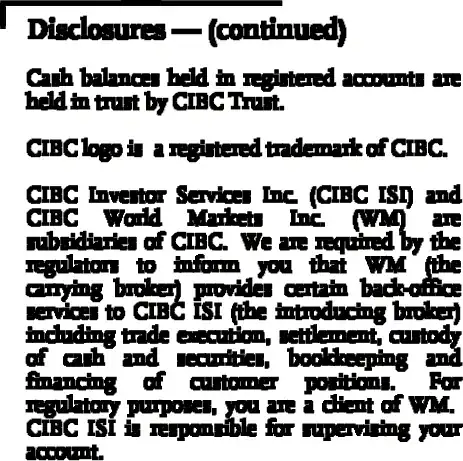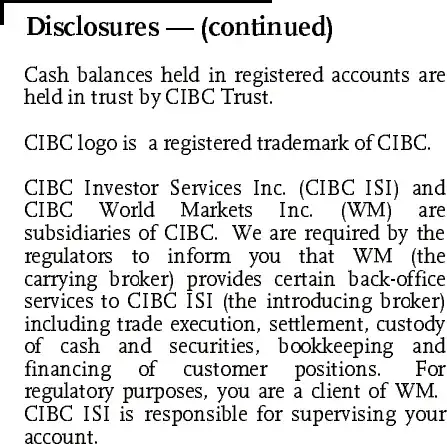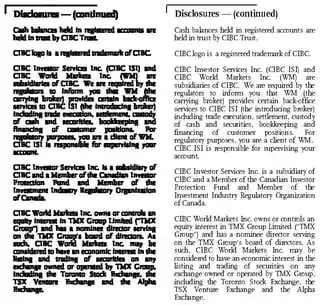I regularly receive pdf documents without all fonts embedded which means fonts need to be substituted when opening using eVince or other pdf readers. This is quite normal, I know. However, whatever font substitution table eVince is using it is not displaying (or printing) very legibly (it may be the rendering method, see below). Here is an example:

In this example, when looking into the document properties in eVince and checking the fonts section, I can see that three fonts have been substituted:
Custom-Metrics-19
Type 1 (Not one of the Standard 14 Fonts)
Encoding: WinAnsi
Not embedded
Substituting with DejaVu Sans
(/usr/share/fonts/truetype/dejavu/DejaVuSand.ttf)
...
Courier
Type 1 (Not one of the Standard 14 Fonts)
Encoding: WinAnsi
Not embedded
Substituting with Courier
(/usr/share/fonts/type1/texlive-fonts-recommended/pcrr8a.pfb)
...
Custom-Metrics-20
Type 1 (Not one of the Standard 14 Fonts)
Encoding: WinAnsi
Not embedded
Substituting with DejaVu Sans
(/usr/share/fonts/truetype/dejavu/DejaVuSand.ttf)
...
Helvetica-Bold
Type 1 (Not one of the Standard 14 Fonts)
Encoding: WinAnsi
Not embedded
Substituting with NimbusSans-Bold
(/usr/share/fonts/opentype/urw-base35/NimbuSans-Bold.otf)
All other fonts (around 15 of them) are embedded. All but one shows as No Name, Type 3, Encoding: Custom while one more says AGaramond-Regular, Type 1, Encoding: WinAnsi.
Now, unless the font substitution tables are not standard, this may actually be a rendering issue as, when opening the file using Chrome, the file renders in a much more legible way (see sample).
Also, I have tried Master PDF Editor and it seems to render quite legibly as well (see sample).
Also tried with Okular and it seems to render properly. Of course, Okular required dozens of additional packages to be installed.
In these two cases, I suspect the font substitution table is different among the two as well as the fonts on these two are different as well. Regardless, since I do not have a Windows computer co check, I do not even know which is the right one (or maybe none of them are correct). Regardless, the last two look much more readable and that is what matters to me.
Any help in sorting this out with eVince would be greatly appreciated.
UPDATE: I tried something similar to what is shown in the first answer here. Here is the output of pdffonts -subst:
name object ID substitute font substitute font file
------------------- --- -- ----------------- --------------------------
Custom-Metrics-19 186 0 Noto Sans Regular /usr/share/fonts/truetype/noto/NotoSans-Regular.ttf
Courier 194 0 Courier /usr/share/fonts/type1/texlive-fonts-recommended/pcrr8a.pfb
Custom-Metrics-20 296 0 Noto Sans Regular /usr/share/fonts/truetype/noto/NotoSans-Regular.ttf
Helvetica-Bold 375 0 NimbusSans-Bold /usr/share/fonts/opentype/urw-base35/NimbusSans-Bold.otf
And here is the output of pdfinfo:
Title: No Title
Subject: No Subject
Keywords: None
Author: CIBC
Creator: Ricoh Production Print Solutions Afp2Pdf Version: 303l
Producer: 303l AIX (64bit)
CreationDate: Sat Aug 29 13:48:28 2020 ADT
ModDate: Sat Aug 29 13:48:28 2020 ADT
Tagged: no
UserProperties: no
Suspects: no
Form: none
JavaScript: no
Pages: 3
Encrypted: no
Page size: 612 x 792 pts (letter)
Page rot: 0
File size: 215878 bytes
Optimized: yes
PDF version: 1.3
UPDATE 2: Here is a much clearer example of the main rendering issue. The first one is eVince, the second is Okular.




